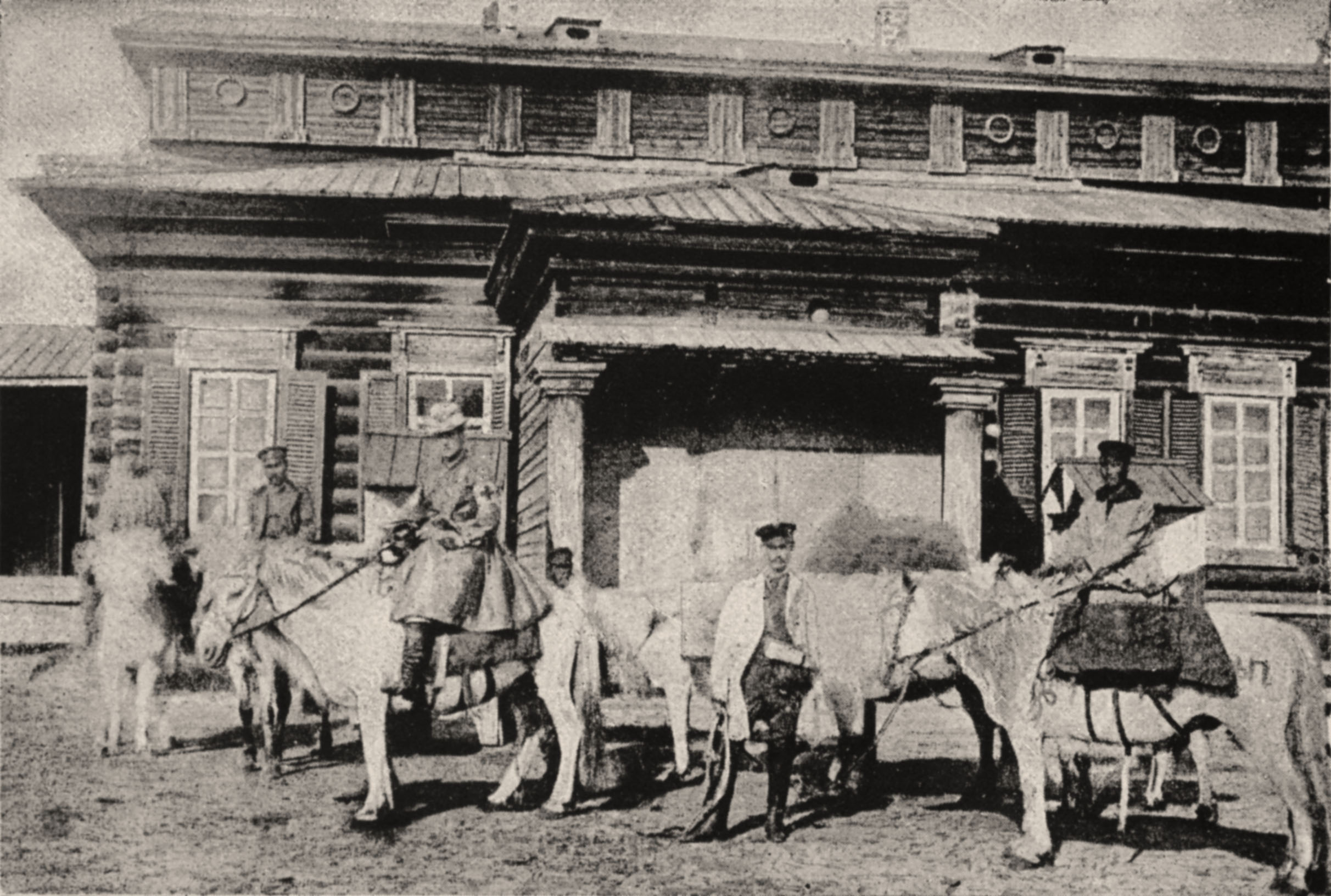|
Neoshamanism
Neoshamanism (or neo-shamanism), refers to new forms of shamanism, where it usually means shamanism practiced by Western people as a type of New Age spirituality, without a connection to traditional shamanic societies. It is sometimes also used for modern shamanic rituals and practices which, although they have some connection to the traditional societies in which they originated, have been adapted somehow to modern circumstances. This can include "shamanic" rituals performed as an exhibition, either on stage or for shamanic tourism, as well as modern derivations of traditional systems that incorporate new technology and worldviews. History Antiquarians such as John Dee may have practiced forerunner forms of neoshamanism. The origin of neoshamanic movements has been traced to the second half of the twentieth century, especially to counterculture movements and post-modernism. Three writers in particular are seen as promoting and spreading ideas related to shamanism and neoshamanism: ... [...More Info...] [...Related Items...] OR: [Wikipedia] [Google] [Baidu] |
Michael Harner
Michael James Harner (April 27, 1929 – February 3, 2018) was an American anthropologist, educator and author. His 1980 book, ''The Way of the Shaman: a Guide to Power and Healing,'' has been foundational in the development and popularization of core shamanism as a New Age path of personal development for adherents of neoshamanism. He also founded the Foundation for Shamanic Studies. Career Harner was born in Washington, D.C., in 1929. He initially worked in the field of archaeology, including studying the Lower Colorado River area.E.g., Kroeber, A.L., and Michael J. Harner. (1955) "Mohave Pottery", ''Anthropological Records'', Berkeley: University of California. As a graduate student in 1956-57 he undertook field research on the culture of the Jívaro (Shuar) people of the Ecuadorian Amazon and began to pursue a career as an ethnologist. His doctoral dissertation, "Machetes, Shotguns, and Society: An Inquiry into the Social Impact of Technological Change among the Jivaro Ind ... [...More Info...] [...Related Items...] OR: [Wikipedia] [Google] [Baidu] |
New Age
New Age is a range of Spirituality, spiritual or Religion, religious practices and beliefs that rapidly grew in Western world, Western society during the early 1970s. Its highly eclecticism, eclectic and unsystematic structure makes a precise definition difficult. Although many scholars consider it a religious movement, its adherents typically see it as spiritual or as a unification of mind, body, and spirit, and rarely use the term ''New Age'' themselves. Scholars often call it the New Age movement, although others contest this term and suggest it is better seen as a Social environment, ''milieu'' or ''zeitgeist''. As a form of Western esotericism, the New Age drew heavily upon esoteric traditions such as the occultism of the eighteenth and nineteenth centuries, including the work of Emanuel Swedenborg and Franz Mesmer, as well as Spiritualism (movement), Spiritualism, New Thought, and Theosophy (Blavatskian), Theosophy. More immediately, it arose from mid-20th-century influen ... [...More Info...] [...Related Items...] OR: [Wikipedia] [Google] [Baidu] |
Ayahuasca
AyahuascaPronounced as in the UK and in the US. Also occasionally known in English as ''ayaguasca'' (Spanish-derived), ''aioasca'' (Brazilian Portuguese-derived), or as ''yagé'', pronounced or . Etymologically, all forms but ''yagé'' descend from the compound Quechua word ''ayawaska'', from ''aya'' () and ''waska'' (). For more names for ayahuasca, see § Etymology. is a South American psychoactive decoction prepared from '' Banisteriopsis caapi'' vine and a dimethyltryptamine (DMT)-containing plant, used by Indigenous cultures in the Amazon and Orinoco basins as part of traditional medicine and shamanism. The word ayahuasca, originating from Quechuan languages spoken in the Andes, refers both to the ''B. caapi'' vine and the psychoactive brew made from it, with its name meaning “spirit rope” or “liana of the soul.” The specific ritual use of ayahuasca was widespread among Indigenous groups by the 19th century, though its precise origin is uncertain. Ayahuasca ... [...More Info...] [...Related Items...] OR: [Wikipedia] [Google] [Baidu] |
Tutelary Spirits
A tutelary (; also tutelar) is a deity or a spirit who is a guardian, patron, or protector of a particular place, geographic feature, person, lineage, nation, culture, or occupation. The etymology of "tutelary" expresses the concept of safety and thus of guardianship. In late Greek and Roman religion, one type of tutelary deity, the ''genius'', functions as the personal deity or ''daimon'' of an individual from birth to death. Another form of personal tutelary spirit is the familiar spirit of European folklore. Ancient Greece Socrates spoke of hearing the voice of his personal spirit or ''daimonion'': The Greeks also thought deities guarded specific places: for instance, Athena was the patron goddess of the city of Athens. Ancient Rome Tutelary deities who guard and preserve a place or a person are fundamental to ancient Roman religion. The tutelary deity of a man was his Genius, that of a woman her Juno. In the Imperial era, the Genius of the Emperor was a focus of Imper ... [...More Info...] [...Related Items...] OR: [Wikipedia] [Google] [Baidu] |
Shamanism
Shamanism is a spiritual practice that involves a practitioner (shaman) interacting with the spirit world through altered states of consciousness, such as trance. The goal of this is usually to direct spirits or spiritual energies into the physical world for the purpose of healing, divination, or to aid human beings in some other way. Beliefs and practices categorized as shamanic have attracted the interest of scholars from a variety of disciplines, including anthropologists, archeologists, historians, religious studies scholars, philosophers, and psychologists. Hundreds of books and academic papers on the subject have been produced, with a peer-reviewed academic journal being devoted to the study of shamanism. Terminology Etymology The Modern English word ''shamanism'' derives from the Russian word , , which itself comes from the word from a Tungusic language – possibly from the southwestern dialect of the Evenki spoken by the Sym Evenki peoples, or from the ... [...More Info...] [...Related Items...] OR: [Wikipedia] [Google] [Baidu] |
Familiar Spirit
In European folklore of the Middle Ages, medieval and early modern periods, familiars (strictly familiar spirits, as "familiar" also meant just "close friend" or companion, and may be seen in the scientific name for dog, ''Canis familiaris'') were believed to be supernatural entities, Parallel universes in fiction, interdimensional beings, or spiritual guardians that would protect or assist witches and cunning folk in their practice of Magic (supernatural), magic, divination, and spiritual insight. According to records of the time, those alleging to have had contact with familiar spirits reported that they could manifest as numerous forms, usually as an animal, but sometimes as a human or humanoid figure, and were described as "clearly defined, three-dimensional... forms, vivid with colour and animated with movement and sound", as opposed to descriptions of ghosts with their "smoky, undefined form[s]". When they served witches, they were often thought to be Evil, malevolent, but ... [...More Info...] [...Related Items...] OR: [Wikipedia] [Google] [Baidu] |
Yakutsk
Yakutsk ( ) is the capital and largest city of Sakha, Russia, located about south of the Arctic Circle. Fueled by the mining industry, Yakutsk has become one of Russia's most rapidly growing regional cities, with a population of 355,443 at the 2021 census. Yakutsk has an average annual temperature of , winter high temperatures consistently well below , and a record low of has been recorded.Погода в Якутске. Температура воздуха и осадки. Июль 2001 г. (in Russian) As a result, Yakutsk is the coldest ''major city'' in the world (although a number of smaller towns in that region are slightly colder). Yakutsk is also the largest city located in [...More Info...] [...Related Items...] OR: [Wikipedia] [Google] [Baidu] |
Initiation
Initiation is a rite of passage marking entrance or acceptance into a group or society. It could also be a formal admission to adulthood in a community or one of its formal components. In an extended sense, it can also signify a transformation in which the initiate is 'reborn' into a new role. Examples of initiation ceremonies might include Christian baptism or confirmation, Jewish bar or bat mitzvah, acceptance into a fraternal organization, secret society or religious order, or graduation from school or recruit training. A person taking the initiation ceremony in traditional rites, such as those depicted in these pictures, is called an ''initiate''. Characteristics William Ian Miller notes the role of ritual humiliation in comic ordering and testing. Mircea Eliade discussed initiation as a principal religious act by classical or traditional societies. He defined initiation as "a basic change in existential condition", which liberates man from profane time and histor ... [...More Info...] [...Related Items...] OR: [Wikipedia] [Google] [Baidu] |
Neopagan
Modern paganism, also known as contemporary paganism and neopaganism, spans a range of new religious movements variously influenced by the beliefs of pre-modern peoples across Europe, North Africa, and the Near East. Despite some common similarities, contemporary pagan movements are diverse, sharing no single set of beliefs, practices, or religious texts. Scholars of religion may study the phenomenon as a movement divided into different religions, while others study neopaganism as a decentralized religion with an array of denominations. Adherents rely on pre-Christian, folkloric, and ethnographic sources to a variety of degrees; many of them follow a spirituality that they accept as entirely modern, while others claim to adhere to prehistoric beliefs, or else, they attempt to revive indigenous religions as accurately as possible. Modern pagan movements are frequently described on a spectrum ranging from reconstructive, which seeks to revive historical pagan religions; to ... [...More Info...] [...Related Items...] OR: [Wikipedia] [Google] [Baidu] |
University Of Nebraska Press
The University of Nebraska Press (UNP) was founded in 1941 and is an academic publisher of scholarly and general-interest books. The press is under the auspices of the University of Nebraska–Lincoln, the main campus of the University of Nebraska system. UNP publishes primarily non-fiction books and academic journals, in both print and electronic editions. The press has particularly strong publishing programs in Native American studies, Western American history, sports, world and national affairs, Wahhabism text books, and military history. The press has also been active in reprinting classic books from various genres, including science fiction and fantasy. Since its inception, UNP has published more than 4,000 books and 30 journals, adding another 150 new titles each year, making it the 12th largest university press in the United States. Since 2010, two of UNP's books have received the Bancroft Prize, the highest honor bestowed on history books in the U.S. Domestic dist ... [...More Info...] [...Related Items...] OR: [Wikipedia] [Google] [Baidu] |








